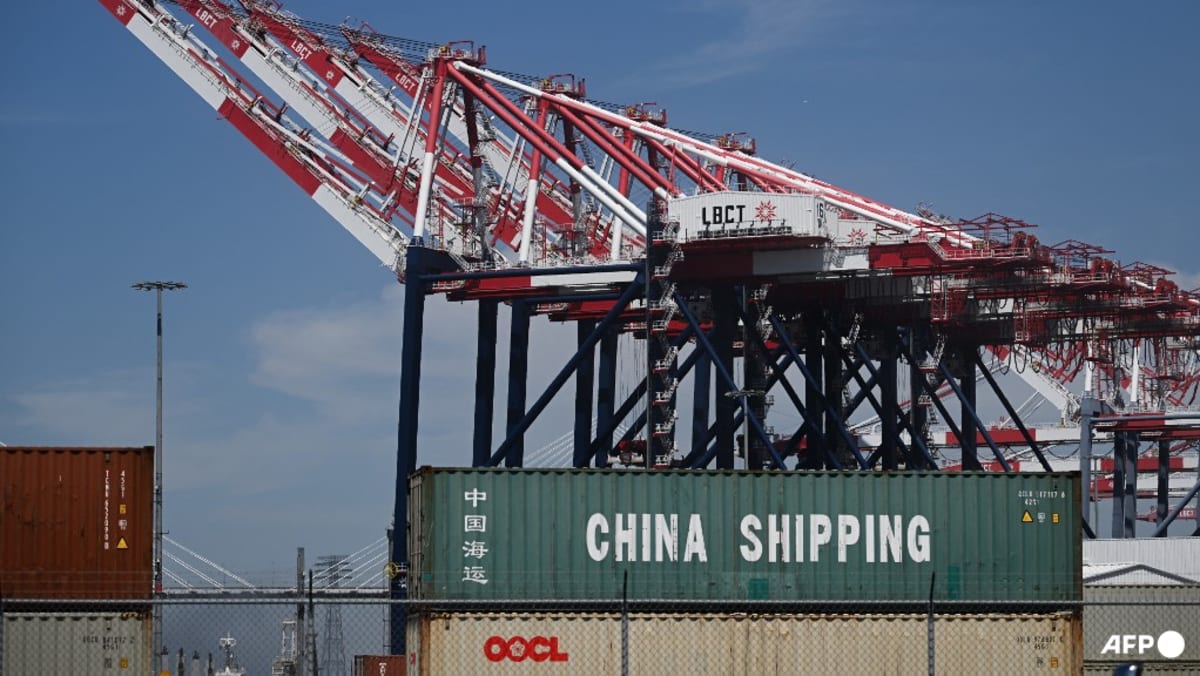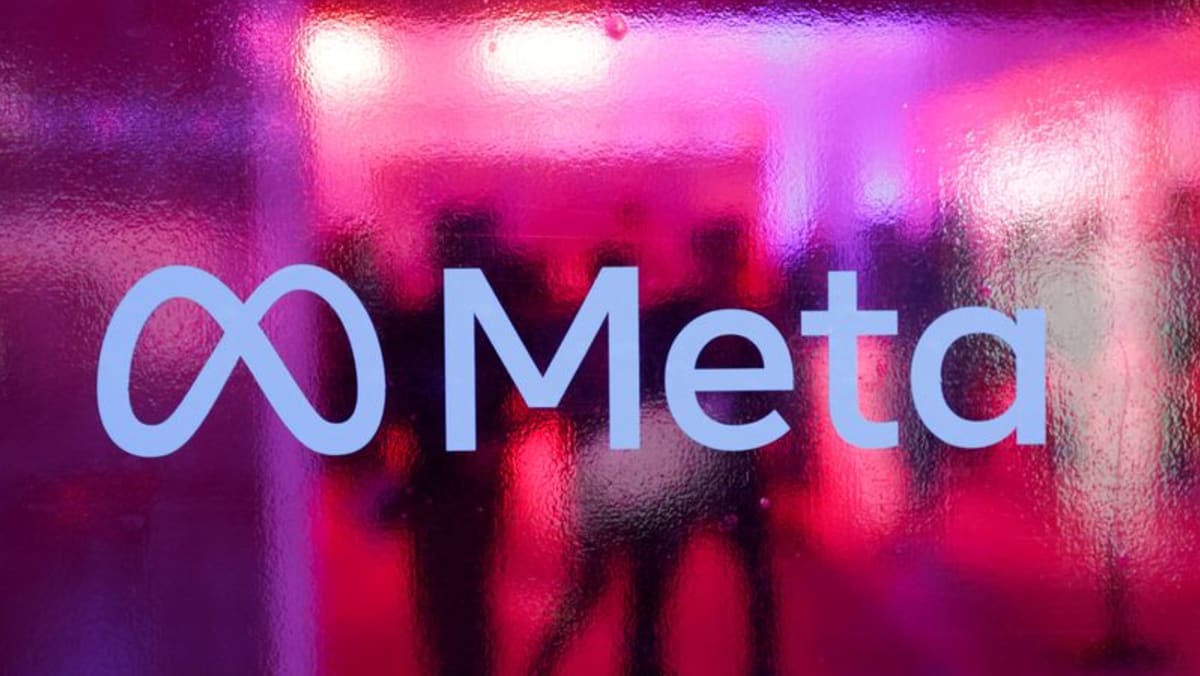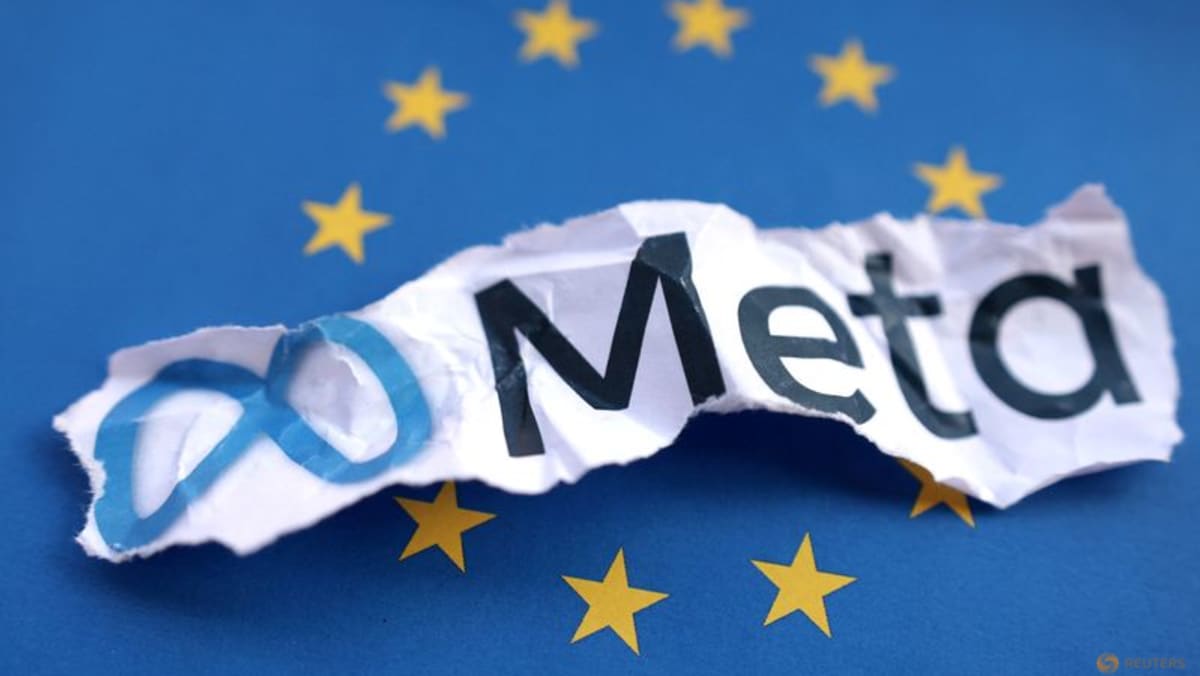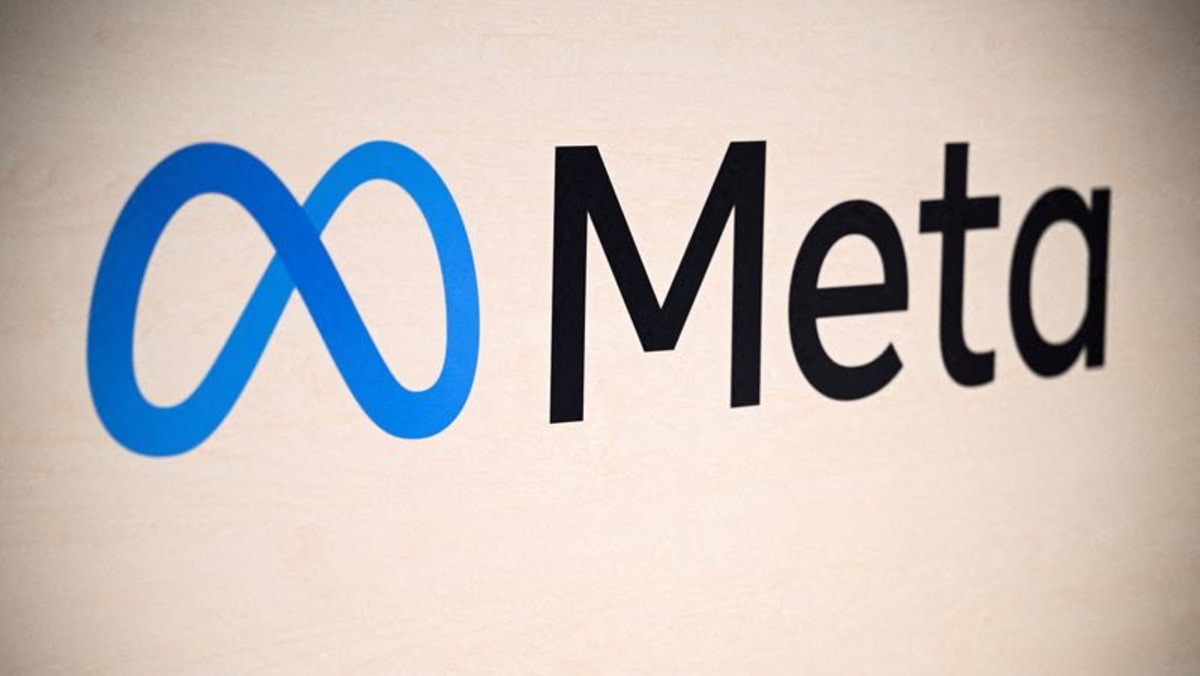Feb 1, US: Announces an additional 10 per cent tariff on all imports from China over its alleged role in the fentanyl supply chain.
Feb 4, China: Retaliates with a package of tariffs on a range of US products – 10 per cent levies on crude oil, farm equipment, large-displacement vehicles and pickup trucks, and 15 per cent on coal and liquefied natural gas (LNG).
Mar 4, US: Doubles the tariff on China to 20 per cent.
Mar 4, China: Responds with an additional 15 per cent tariff on US chicken, wheat, corn and cotton as well as an extra 10 per cent levy on soybeans, sorghum, pork, beef, aquatic products, fruits and vegetables and dairy imports.
Apr 2, US: Trump’s so-called “Liberation Day” when he announces an additional 34 per cent duty on Chinese imports as part of his slew of “reciprocal” tariffs. The reciprocal tariff comes on top of the earlier 20 per cent levy.
Apr 4, China: Matches the US’ new reciprocal tariff by announcing an additional 34 per cent duty on all US imports.
Apr 7, US: Threatens to raise the reciprocal tariffs on China to 104 per cent if it does not withdraw the 34 per cent levy.
Apr 9, US: Follows through with the threat, and the higher tariffs kick in.
Apr 9, China: Hits back by raising its earlier 34 per cent levy on US goods to 84 per cent.
Apr 9, US: Responds by raising the reciprocal tariffs on China further to 125 per cent later in the day. (This is on top of the 20 per cent tariff the US announced on Mar 4)
Apr 11, China: Retaliates by raising the extra tariff on US imports to 125 per cent as well.














